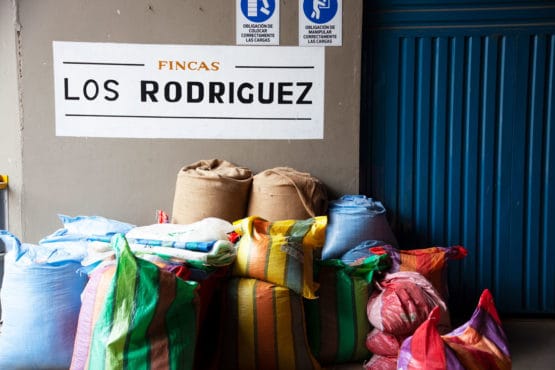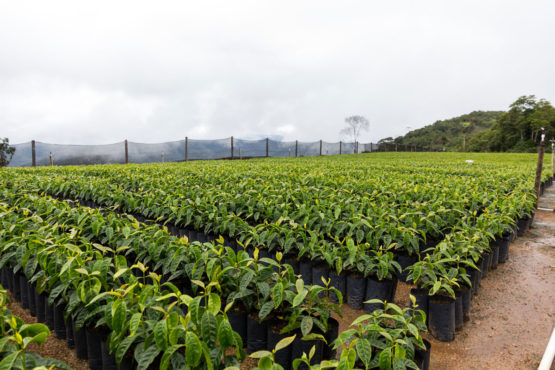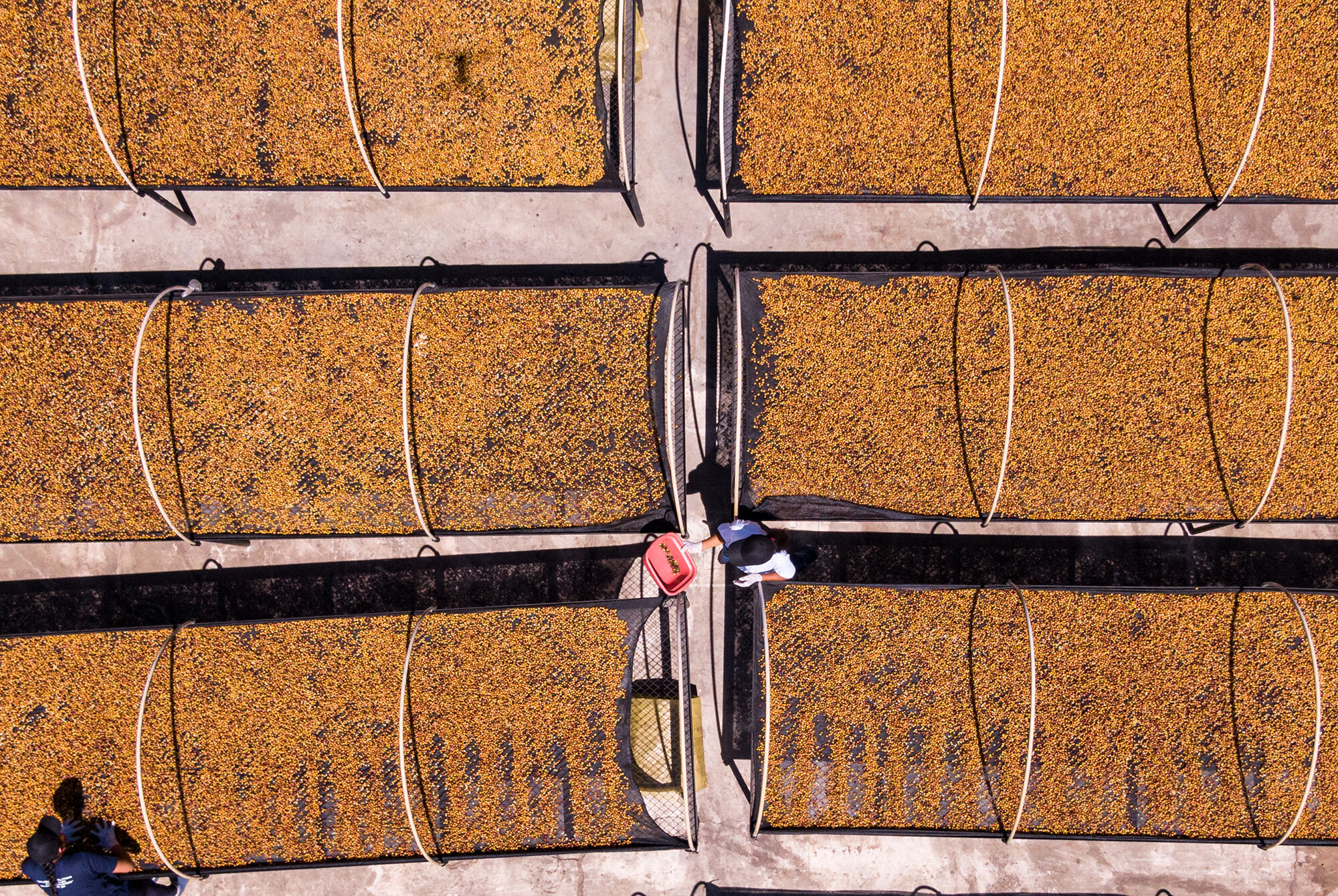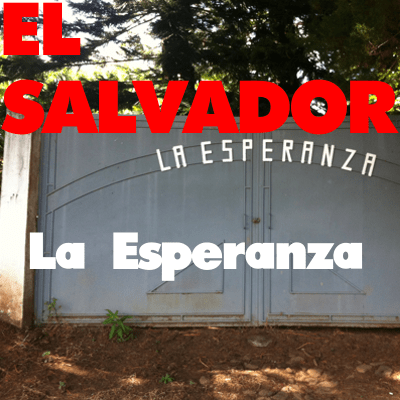Description
PROVINCE: Caranavi
COLONY: Bolinda
ALTITUDE: 1400-1800 masl
ARABICA VARIETAL: Caturra
PROCESSING: Honey
FARMS: 8 Farms of the Rodriguez family
OWNER: Los Rodriguez Family
In the cup: Jasmine, orange blossom and honey aromatics, with green grape, apricot and condensed milk in the cup. Bright and balanced.
This 100% Caturra lot is made up of single-day lots from eight farms in Caranavi that are part of Fincas Los Rodríguez. Found at elevations between 1,400 – 1,800m above sea level, the farms are owned by Pedro Rodríguez and his family. Over the last decade, Rodríguez has worked tirelessly to build production and expand the market for Bolivian specialty coffee, helping hundreds of local farmers recognise and realise the potential of their land and crops.
Pedro began his journey in coffee by working with small producers in Caranavi, building a wet mill to process their coffee, and educating producers to selectively handpick their cherries. He also started to process small micro-lots from each of the producers, and because of the unique combination of heirloom varieties, rich soil and incredibly high elevations, the results were outstanding.
HOW THIS COFFEE WAS PROCESSED
At all of the Rodríguez farms, Pedro hires pickers that are trained to select only the very ripest cherries, and multiple passes are made through the farm throughout the harvest to ensure the coffee is picked at its prime. Selective picking is always very important, to ensure a very sweet and clean cup. The Rodríguez family has found that the very ripest (almost purple) cherries provide the best cup.
After being inspected and weighed, the coffee was carefully sorted by weight using water, and floaters were removed. Following this, the coffee was placed a conveyor belt and was disinfected, in a similar process used for wine grapes. Cherries were then depulped and left to ferment in exposed tanks overnight, taking advantage of the low temperatures experienced in Caranavi. The following morning, coffee was laid out to carefully dry on raised African beds, and turned every hour for a total of 10 days until it reached 11.5% humidity.
Once the coffee was dry, it was transported to La Paz where it was rested before being milled at Agricafe’s dry mill, La Luna. At this state-of-the-art mill, the coffee was first hulled and sorted using machinery, and then by a team of workers who meticulously sorted the coffee again (this time by hand) under UV and natural light.
(info Courtesy of Melbourne Coffee Merchants)











Reviews
There are no reviews yet.